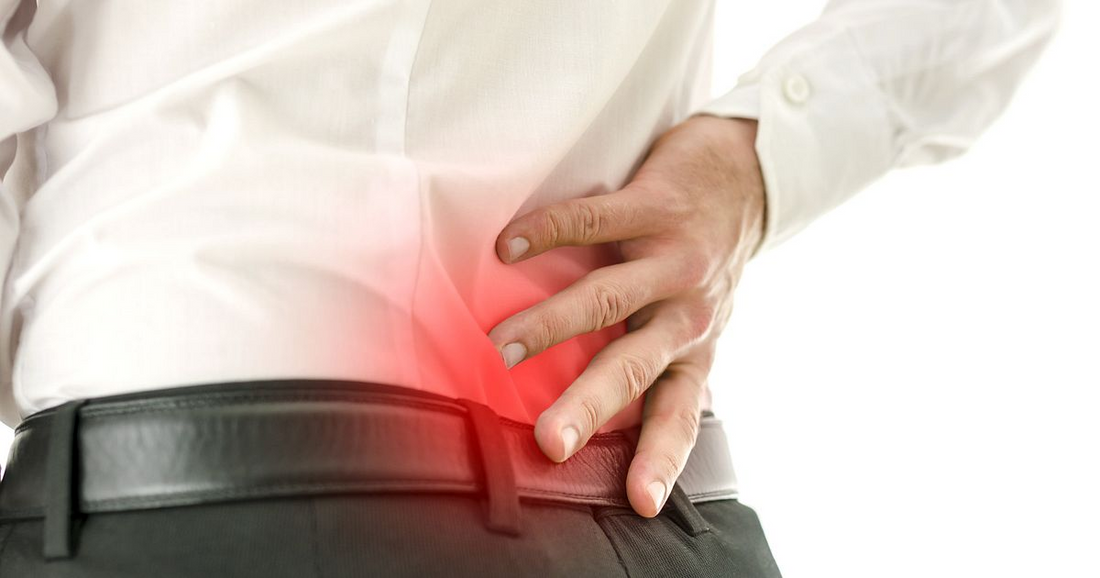
Is Back Brace Effective for Back Pain?
Share
Back braces come in a variety of shapes and sizes to support different levels of hips.Back braces can help with some injuries, but there are pros and cons to using back braces. Back braces work by providing additional support for the muscles, ligaments, intervertebral discs, and bones of the lower spine.
The supportive low back brace is useful during activities that put a lot of stress on your lower back. People who work in physically demanding jobs, such as landscaping and warehouse workers, may benefit from wearing braces when they need to lift heavy loads. However, it is also very important during your daily activities to use the correct lifting techniques and not overload your back.
Brace after spinal surgery is commonly used to provide additional support during the postoperative period. This will relieve some muscle and soft tissue tension during the healing process. Fixing the spine with braces also helps heal the bones of patients undergoing spinal fusion.
Certain spinal fractures are treated by wearing medical grade braces to support the spine while the bone heals. This can require up to 12 weeks of brace, which is one of the few reasons why brace is used for such a long time. Vertebral compression fractures are a type of fracture commonly found in osteoporotic patients who are often treated with braces.
Depending on the braces, it can also help you to adjust your posture. Most people who suffer from acute low back pain have pain due to damage to their muscles and ligaments. After this type of injury, back braces can be used for several days to relieve pain and heal these structures.
However, back braces should generally not be used daily or for more than a few hours a day unless directed by a doctor. This is because routine use of back braces can weaken or atrophy the spinal support muscles. These muscles are important for a healthy back. A physiotherapist, certified personal trainer, or yoga instructor can work together to strengthen and adjust your lower back to prevent lower spine injuries. This approach is likely to provide relief for the most common types of low back pain due to muscle and ligament tension.

Benefits of wearing a back brace
Postoperative recovery
Can Back Brace Help With Herniated Discs?
Doctors actually recommend using the back brace after minor surgery.
High quality waist braces provide mechanical spinal stabilization.
Back braces help the natural healing process.
Back braces also help with thoracic disc hernias, osteoarthritis, sciatica, and several other medical conditions.
Workout & Heavy Lifting
Wearing a back brace while exercising may be your best friend if your work involves lifting heavy objects.
The same is true for us lifting weights in the gym.
Lifting heavy objects the wrong way can damage your spine and lower back in the long run.
Studies have shown that compression back belts can reduce the load on the spine.
This, in turn, helps prevent injuries and pain.
The next time you want to lift a heavy object, try attaching a back brace.
You will feel extra stability in your abdominal and hip areas.
Make life easier
As I said before, using ice, heat, or pain cream in public is not convenient.
Or, about that, when you're driving.
Do you want your clothes to have painkiller cream or ice watermarks left on them?
Investing in back braces for work or play will greatly help you.
You can wear it while driving, working, training, running ...
The low compression back brace makes transitional movements (sitting or standing) comfortable.










